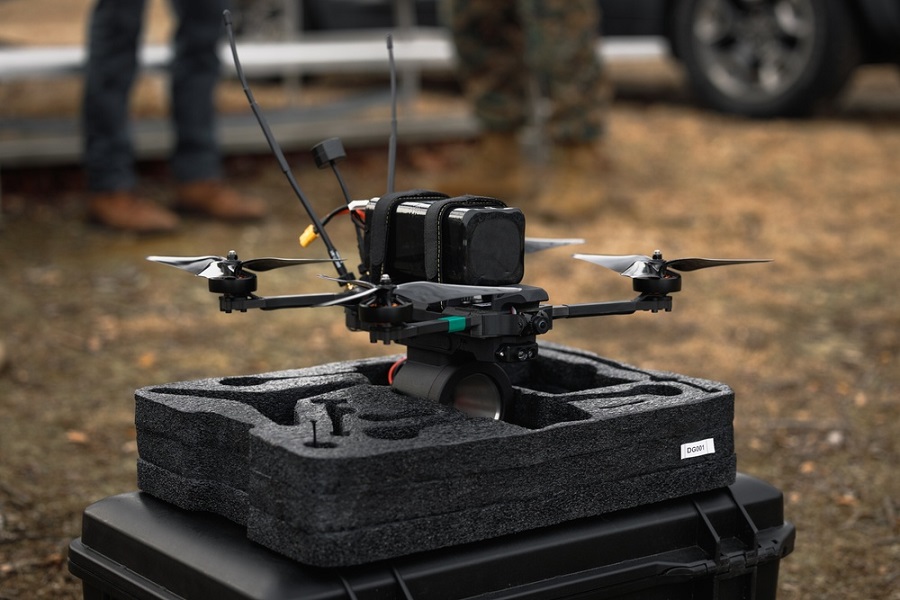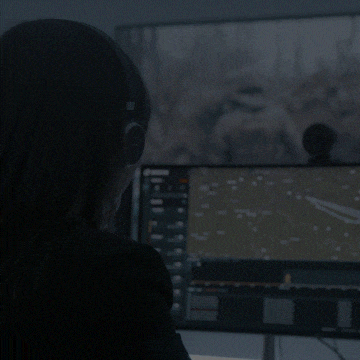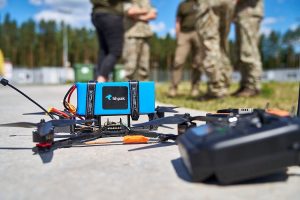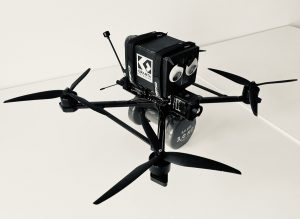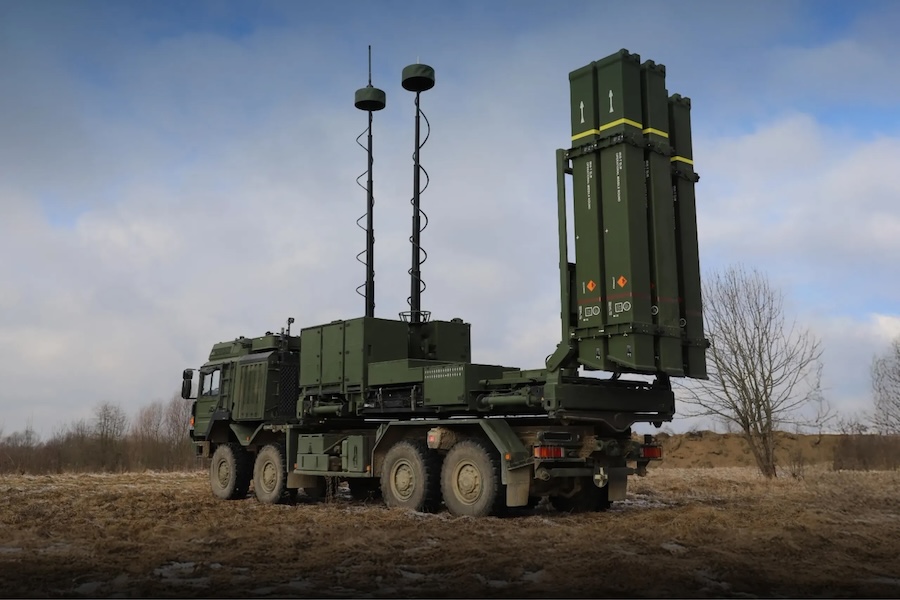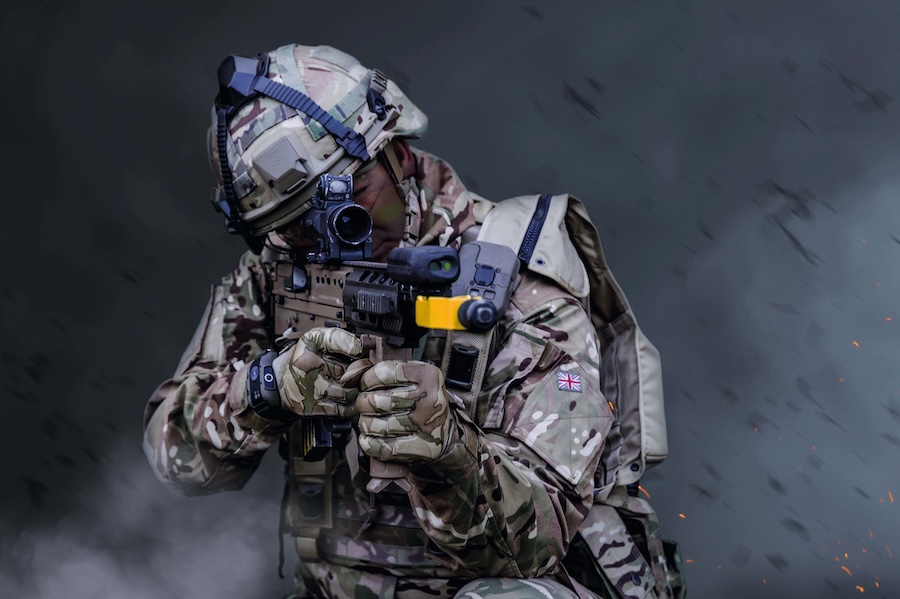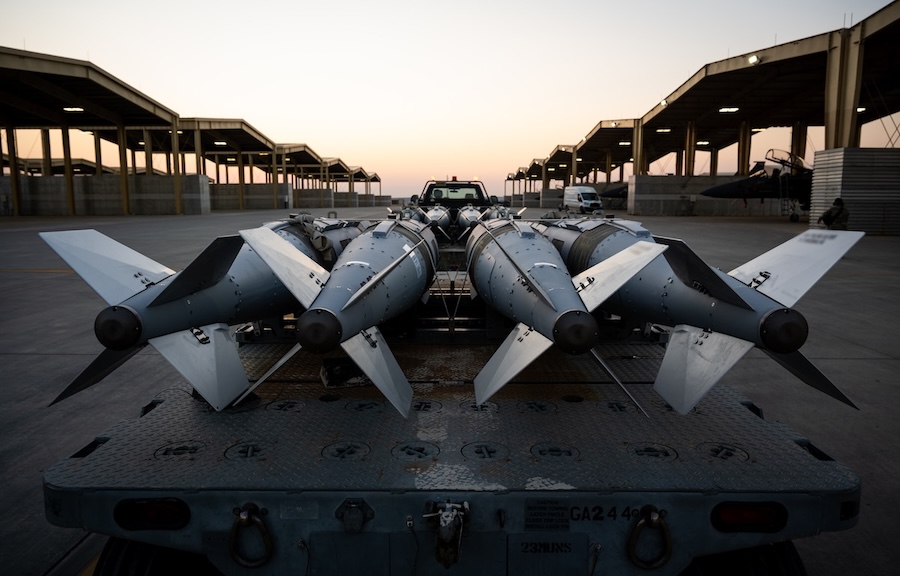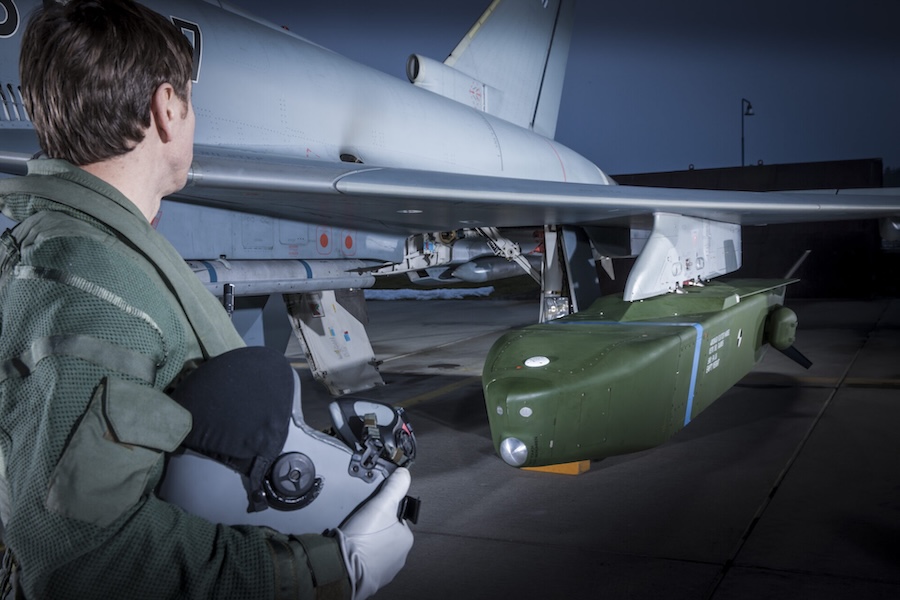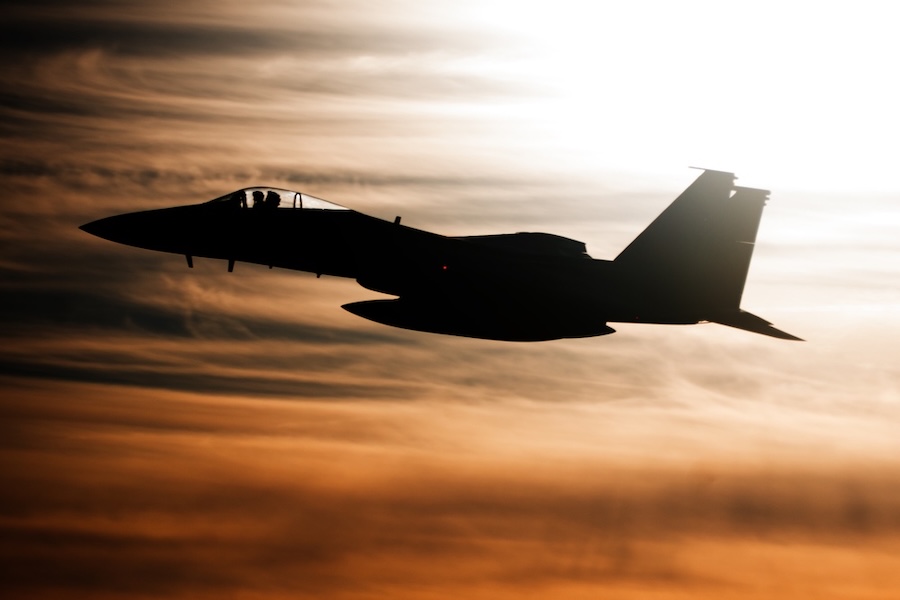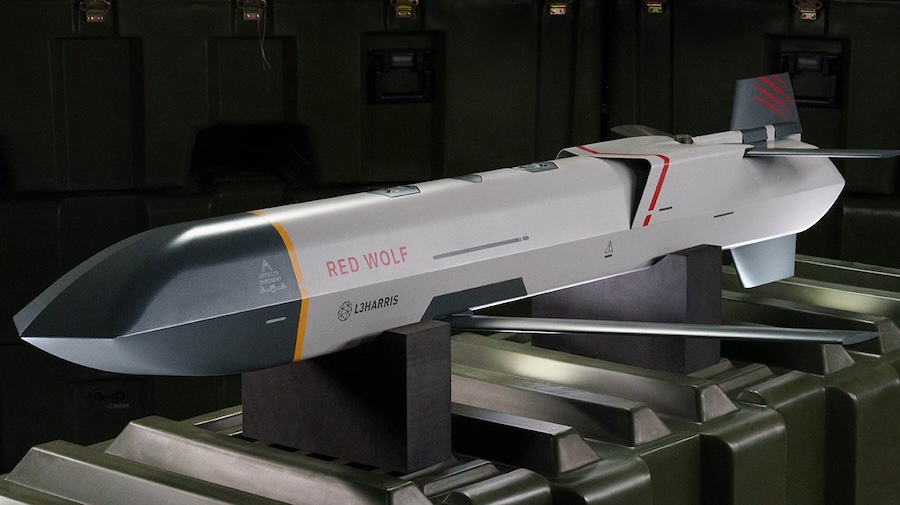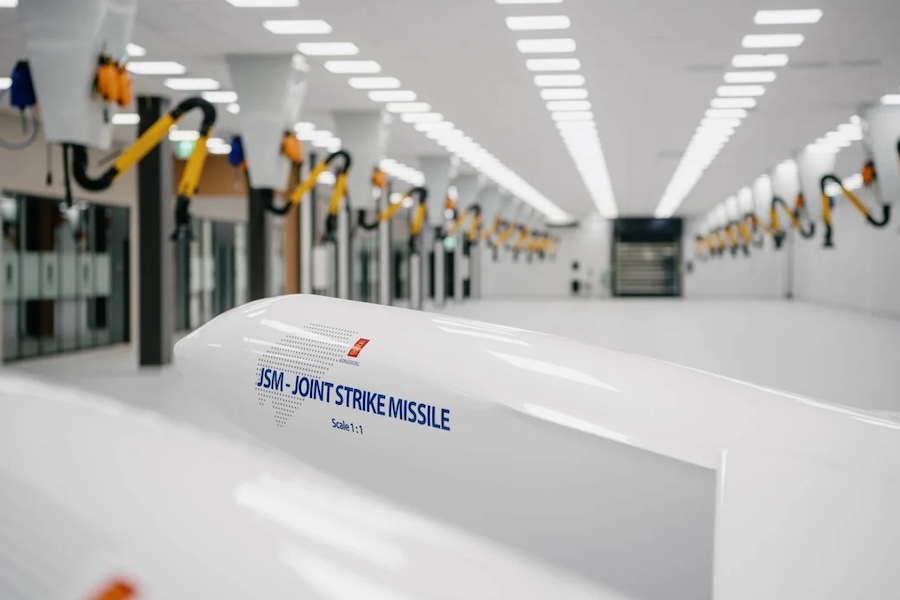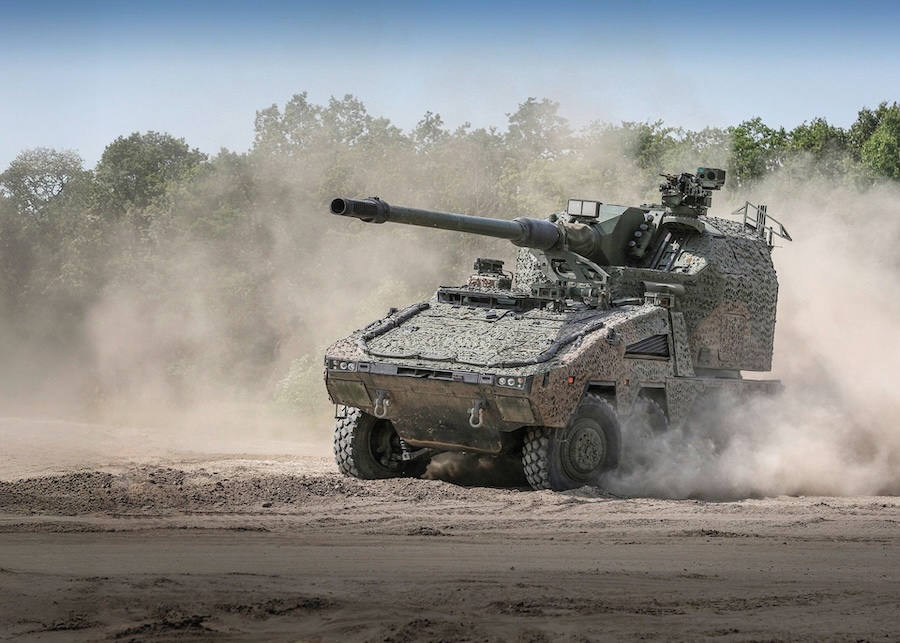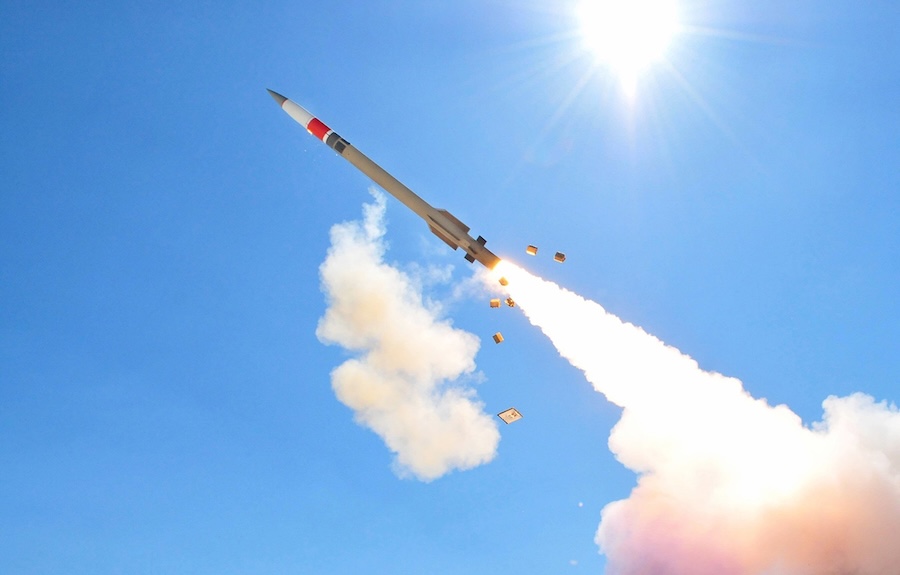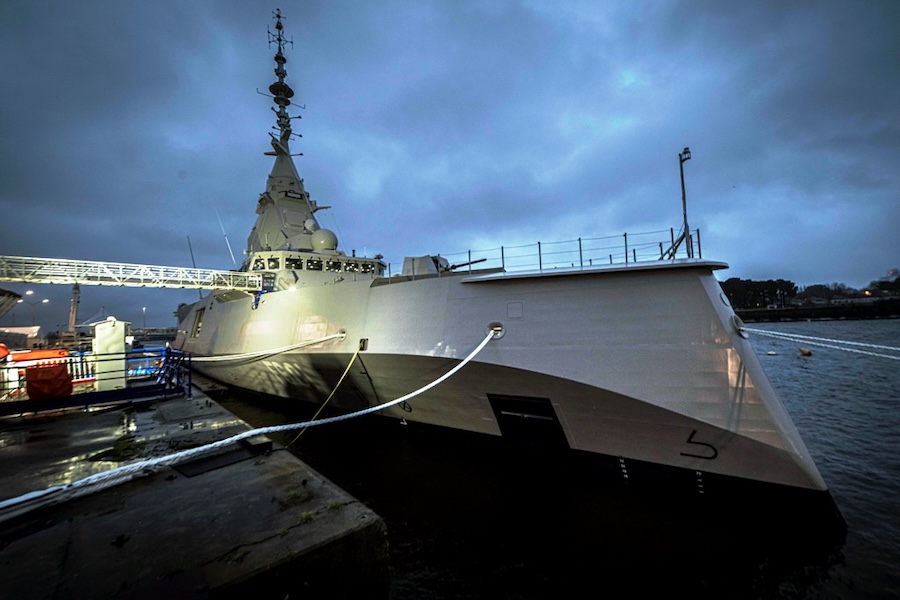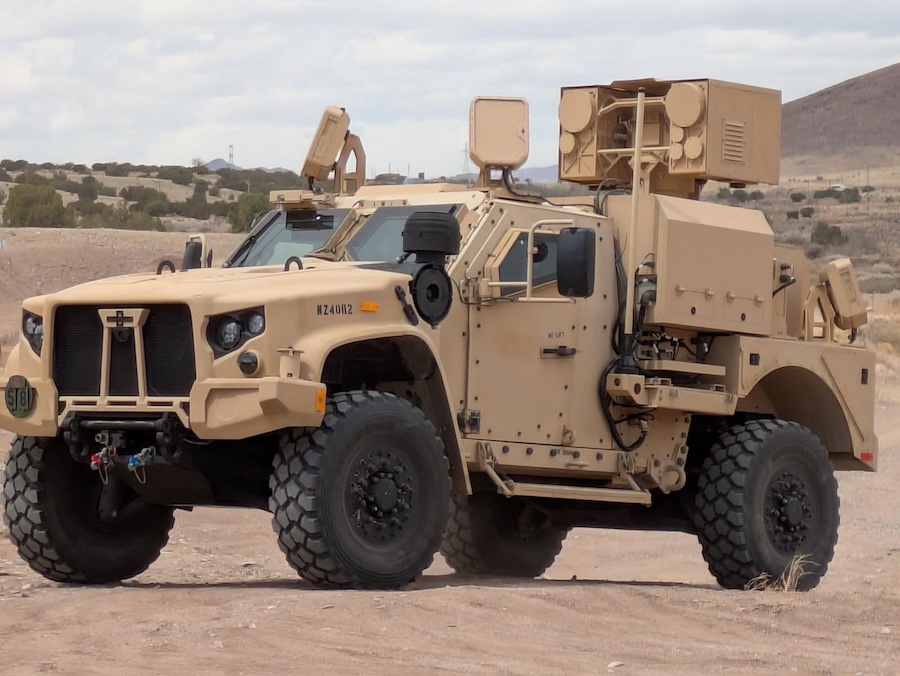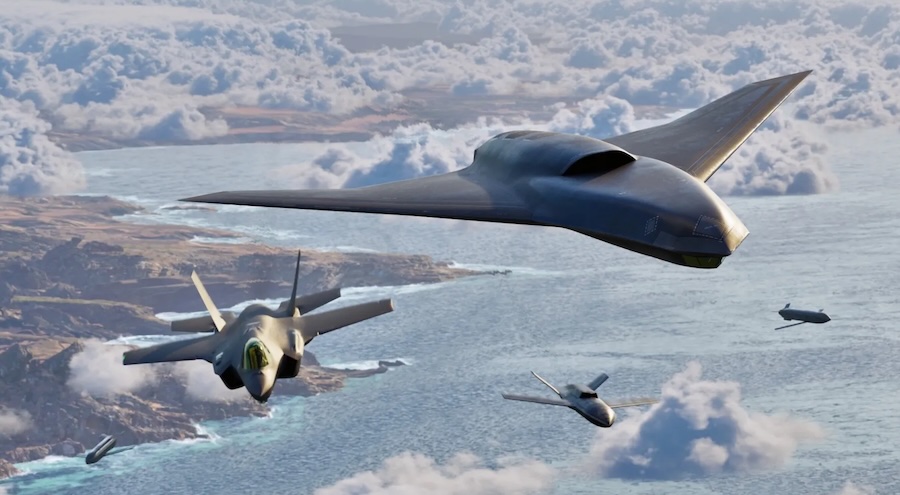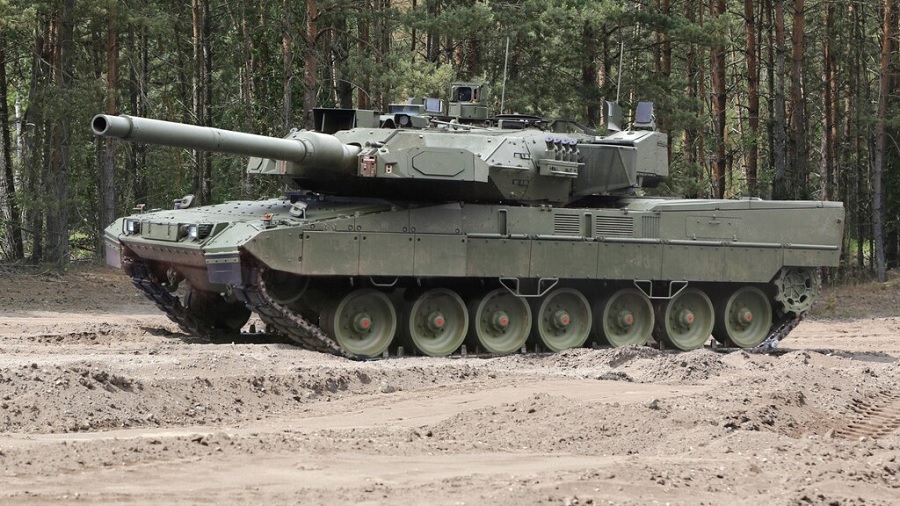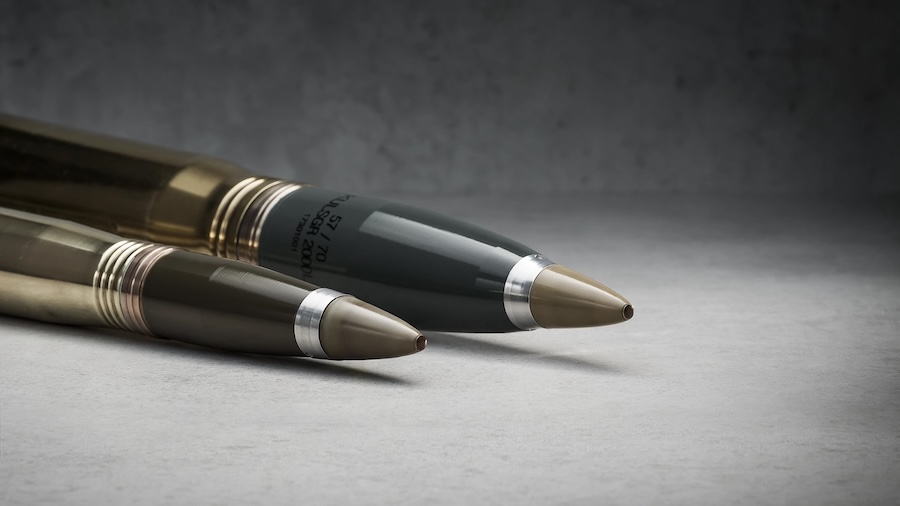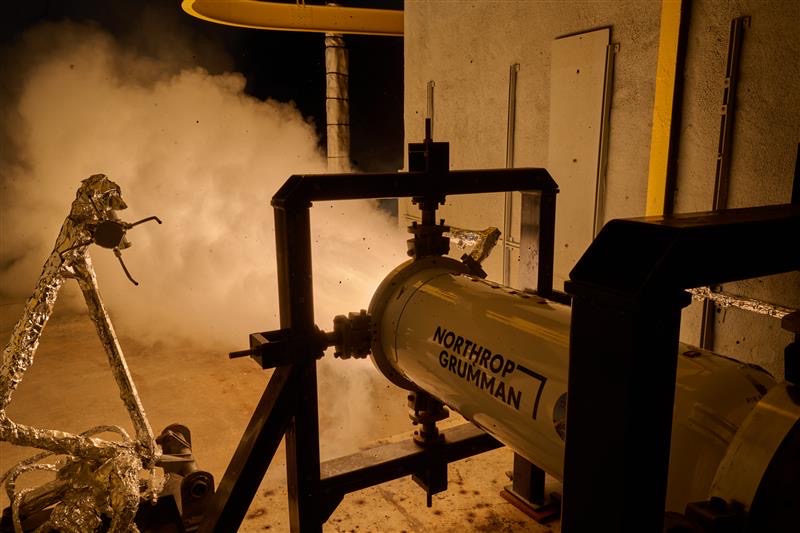MCADT will be based at Weapons Training Battalion in Quantico under Training Command, building on over a century of expertise developed by the Marine Corps Shooting Team. The new team aims to quickly integrate FPV drones into the Fleet Marine Force, delivering enhanced small-unit lethality and cost-effective capabilities.
“MCADT is committed to rapidly integrating armed first-person view drones into the FMF, enhancing small-unit lethality and providing organic capabilities that warfighters currently lack,” said Maj. Alejandro Tavizon, the officer in charge of MCADT. He added, “By leveraging emerging technologies and refining drone employment tactics, we are ensuring that Marines remain agile, adaptive, and lethal in the modern battlespace.”
The team’s mission includes developing training programmes, informing service-level requirements, and refining FPV drone tactics through practical instruction and competitive events. The initiative supports the Marine Corps’ goal of maintaining technological advantage on rapidly evolving battlefields.
FPV drones can deliver effective squad-level capabilities at ranges up to 20 kilometres for less than $5,000, offering a scalable and affordable alternative to traditional long-range weapon systems. These drones, including both programme of record and non-programme of record systems, are being fielded with support from the Marine Corps Warfighting Laboratory.
MCADT will also represent the Marine Corps in inter-service and international competitions, beginning with the U.S. National Drone Association’s Military Drone Crucible Championship in Florida from 30 June to 3 July 2025. Competing against elite units such as the 75th Ranger Regiment, MCADT will execute tactical missions using FPVs and small UASs in scenarios designed to reflect current combat conditions.
Following each competition, MCADT will analyse results to improve tactics and increase the effectiveness of drone employment across the force. In April 2026, the team will host a championship and final selection event at Marine Corps Base Quantico, aligned with the Marine Corps Marksmanship Competition Championships.
The new drone programme is also being incorporated into the Competition-in-Arms Programme, which will expand to include FPV drone events during the FY26 Marine Corps Marksmanship Competition series. These events will serve as an ongoing platform to enhance drone operator skills and develop precision employment methods.
“Today’s battlefield is changing rapidly, and we must adapt just as quickly,” Tavizon said. “The Marine Corps Attack Drone Team will ensure that our warfighters remain at the forefront of precision drone employment, providing a critical advantage in future conflicts.”
Currently, MCADT is focused on building proficiency through a combination of training courses and practical experience. “Our goal is to ensure they can not only operate these systems effectively but also integrate them seamlessly into a team,” Tavizon explained.
With its focus on innovation, tactical development, and cost-effective lethality, MCADT represents a strategic leap forward in how the Marine Corps prepares for and engages in modern conflict. The team is set to play a key role in shaping the future of drone warfare within the service.



